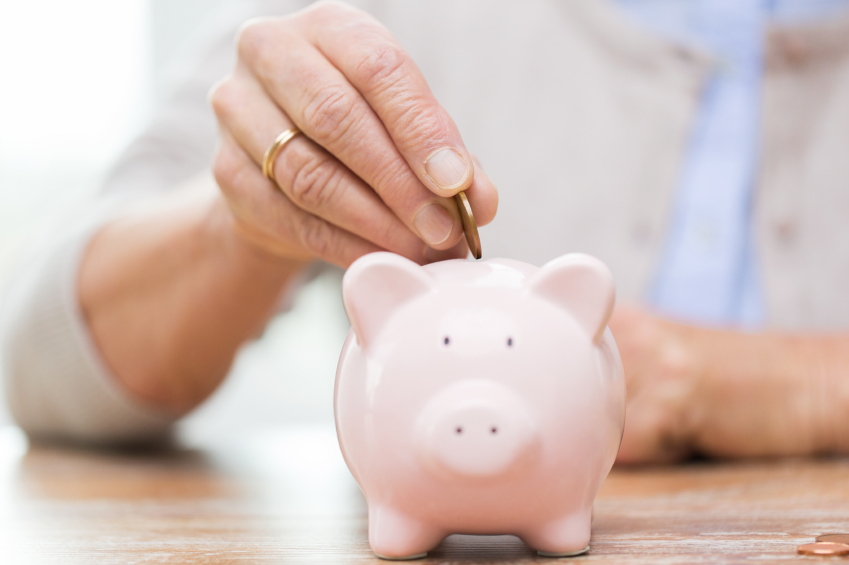
Institutions draw us in with tempting offers, but do little to keep us informed when better deals come along.
Even those products they market as being only available to existing customers don’t necessarily offer value for money.
Analysis of products only available to customers with existing accounts with a provider suggests they would actually be better off shopping around.
Moneyfacts found that the difference between the top-paying loyalty savings account and the best account on the market can be as much as 0.9%
With savings rates so low, even such a small difference could be worth the effort.
Charlotte Nelson from Moneyfacts said: “Loyalty accounts are a great way for providers to keep hold of their existing customers.
They offer exclusive deals with better rates than their regular products, which make savers think that they are getting a good deal.
However, these products are only worthwhile if they can’t be beaten elsewhere.
“In reality these so-called loyalty deals are not a great option as they often don’t pay as much as other accounts on the open market. For example, the difference in rate between the best two-year fixed deal and the best loyalty account version stands at a significant 0.9%.
“This means that a saver investing £5,000 in the loyalty deal would be £45 a year worse off in terms of savings interest than if they had invested in the open market account.
“Savings linked to current accounts remove the hassle of moving money to and from different accounts, which is why many prefer to have a savings account with their main provider.
“However, savers need to be careful as they could end up stuck with shockingly low interest rates.”
READ MORE
Does your other half know how much money you have?
Ripped off by your own family: Scandal of ‘trusted’ relatives who prey on the elderly for money

Enjoy the convenience of having The Sunday Post delivered as a digital ePaper straight to your smartphone, tablet or computer.
Subscribe for only £5.49 a month and enjoy all the benefits of the printed paper as a digital replica.
Subscribe